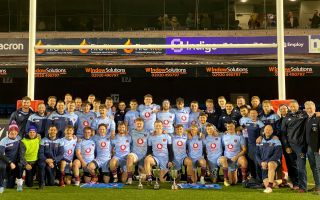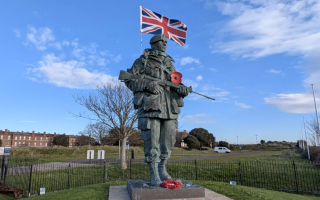Iconic WW2 steam train built by women takes to the tracks again after restoration
An iconic steam train built during the Second World War by women has returned to the tracks after years of meticulous restoration, thanks to volunteers, including some personally connected to its original builders.
SR Merchant Navy class locomotive, No. 35005 Canadian Pacific, is the oldest and fastest survivor of Chief Mechanical Engineer Oliver Bulleid's Merchant Navy class and was used for troop and freight movements during the Second World War.
Restoration team volunteer Steve Wilson said: "Both my parents worked at the Eastleigh Works – my father was a blacksmith before the war and was later taken as a POW on the Burma Railway.
"My mother worked as a machinist on the capstan lathe during the war. It is wonderful to think that she may well have made studs that are still in Canadian Pacific's frames today."
Steam enthusiasts and history lovers are in for a treat as the Watercress Line near Winchester is welcoming people on board its newly restored Canadian Pacific, offering exclusive rides and an unforgettable journey through time.
It has been brought back to its former glory through the dedicated efforts of the Watercress Line's expert staff and volunteers and the support of the National Lottery Heritage Fund.
A search for the women of Canadian Pacific
Throughout the Second World War, while men were deployed, many women stepped into vital roles across the UK.
Initially, only single women aged 20 to 30 were called up but by mid-1943, nearly 90% of single women and 80% of married women were working in places such as factories, on farms or in the Armed Forces.
Women at Eastleigh Works were employed in various departments, such as machine shops, forges and sawmills.
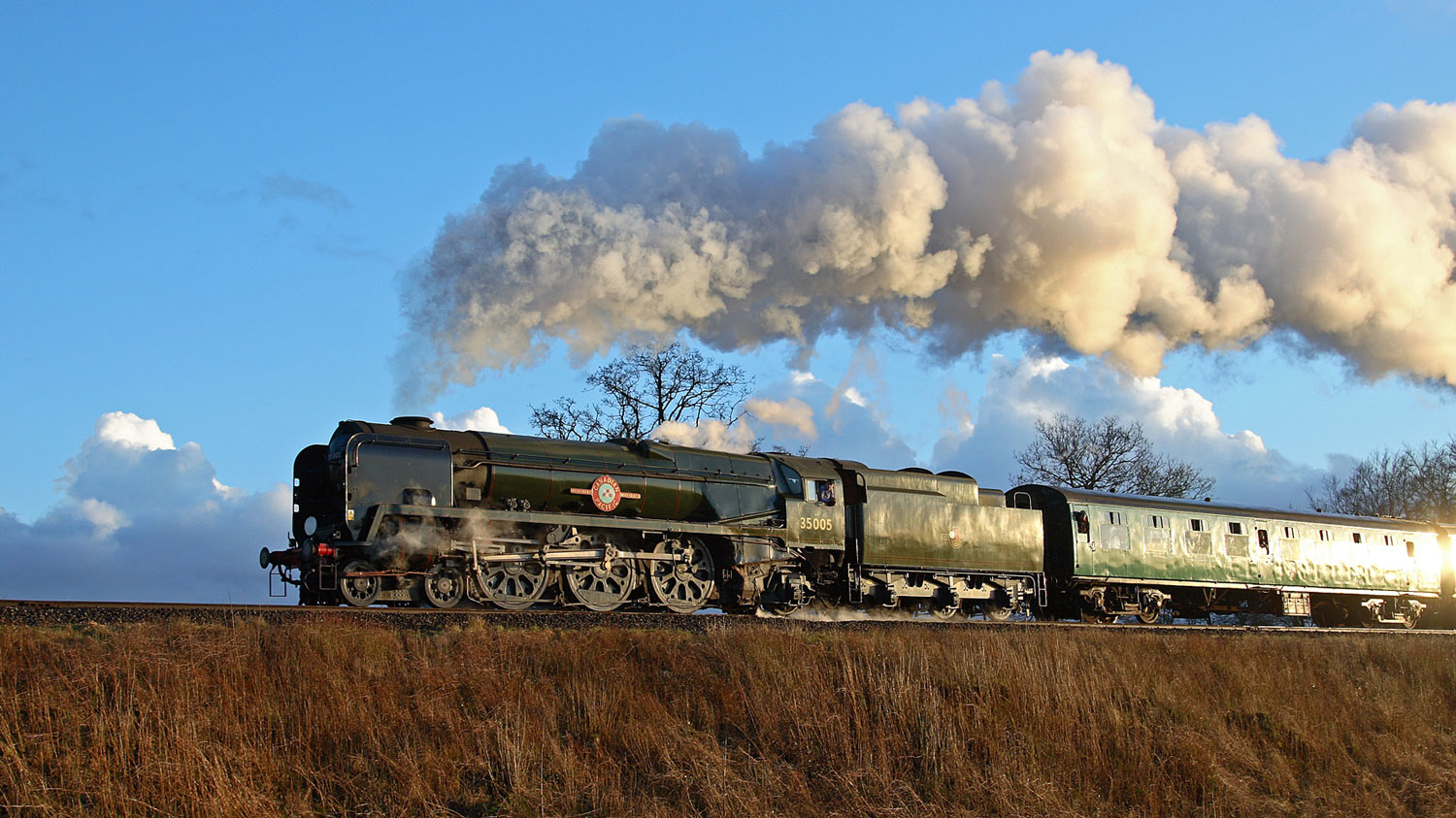
They played a crucial role in supporting the war effort by building Merchant Navy Class locomotives, including the Canadian Pacific.
In the early stages of researching the history surrounding the iconic locomotive, project leader Dr Becky Peacock collected various stories and memories about Canadian Pacific, including those of Mr Asprey whose father was the foreman of the machine shop at the time that Canadian Pacific was built.
By 1940, he was the only man working in the machine shop.
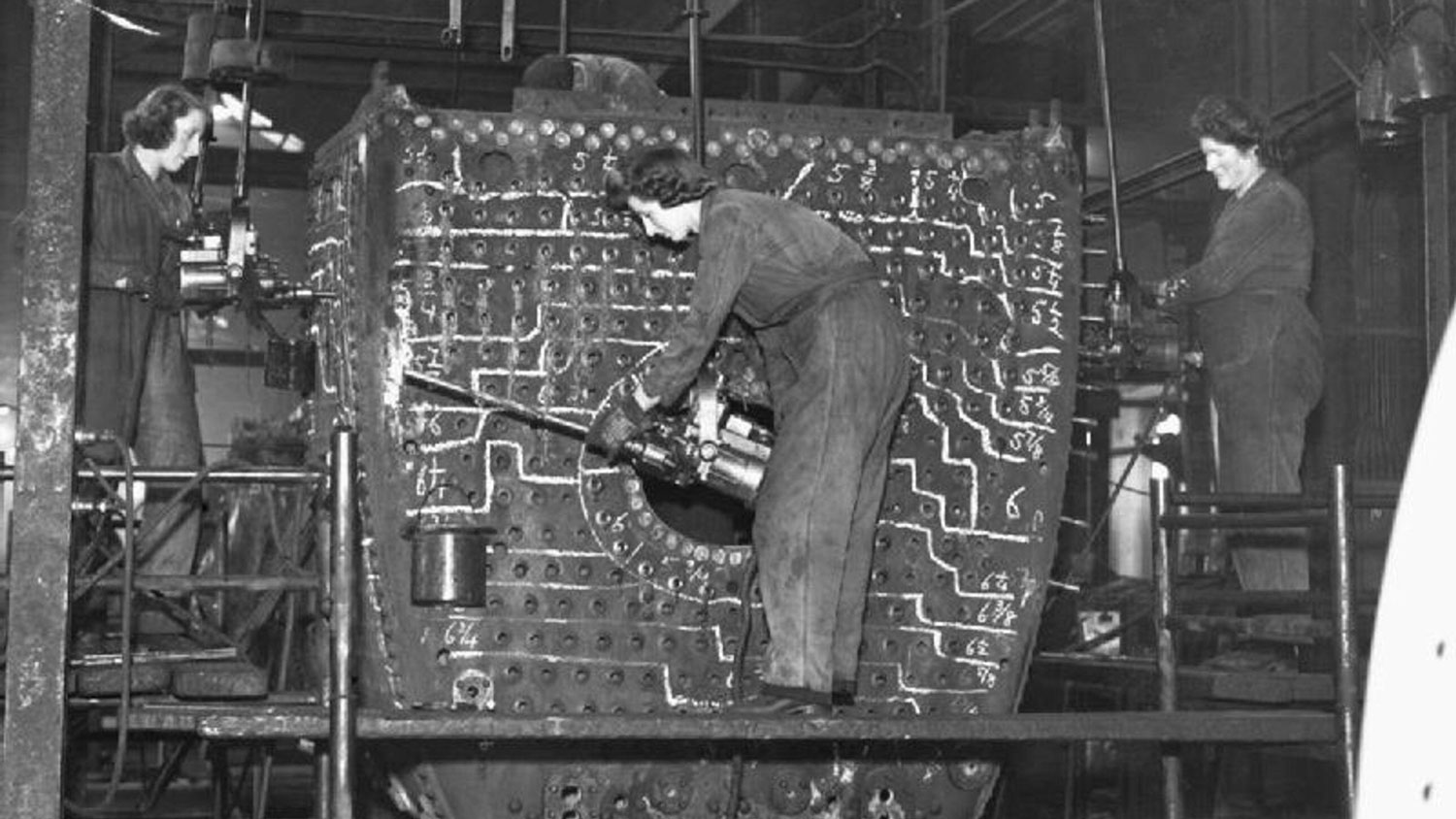
More than 88,000 women worked on the railways during the Second World War but their vital contribution isn't as visibly celebrated as that of women in aviation or Land Girls.
To ensure their efforts are celebrated, Watercress Line asked for help last year to locate women whose work was vital in building steam trains during the Second World War.
In October 2024, Rebecca Dalley, CEO of the Watercress Line, put out a call to action to find these women, saying: "It was the women who stepped up to the plate [during the Second World War] and got trained up in order to build this newly designed locomotive.
"What happened to these women? We know these women would have been heavily involved in the engineering.
"Those women were walking into potentially never having worked in an engineering facility and less than a year later they managed to turn out a fantastic, innovative Merchant Navy that then went on to play such a strategic part in the Second World War hauling really important men and materiel down to the South Coast on lines including what became the Watercress Line."

A 14-year volunteer project
The restoration of Canadian Pacific has been a monumental 14-year project, driven by the Watercress Line's skilled volunteers, who spent more than 10,000 hours renovating the Bulleid Merchant Navy Class locomotive and two Bulleid carriages, 4211 and 1456.
The steam train now takes its place in the Railway 200 campaign which is celebrating two centuries of railway travel in the UK.
Canadian Pacific featured an innovative design with a mixed traffic designation, providing a wartime service on the South Coast route and was named after the shipping line providing vital supplies to isolated Britain in the darkest days of the Second World War.
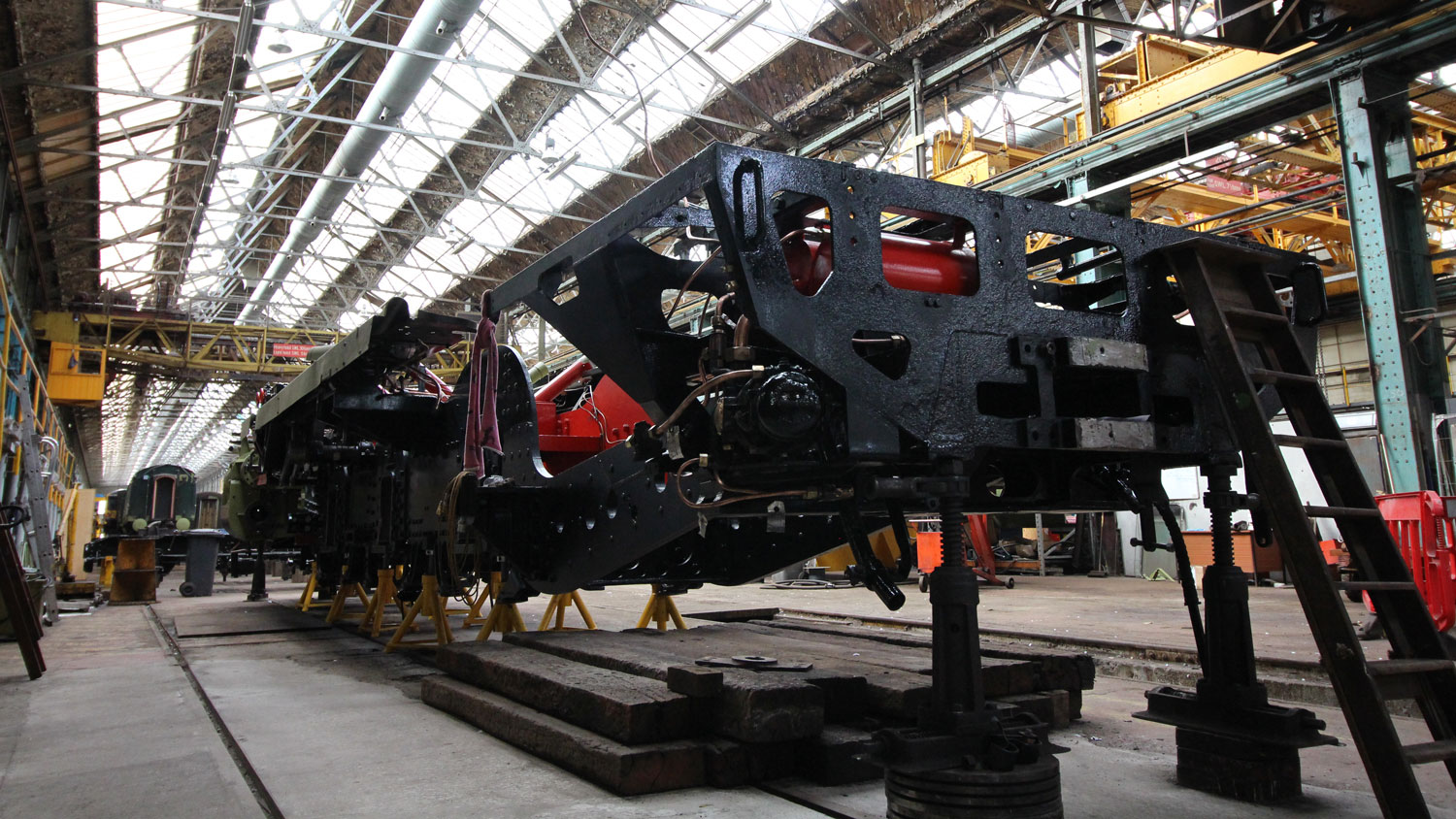
After the war, it hauled the luxury boat trains of the mid-20th century, such as the Bournemouth Belle, Royal Wessex, and Atlantic Coast Express.
The Watercress Line began restoration work in 2011 at the Eastleigh Works, using 10,000 hours of volunteer time and creating six apprenticeships to restore the locomotive to its former glory.
The recently completed restoration work saw a complete overhaul, including the reconstruction of the boiler, frame repairs, and the meticulous restoration of intricate mechanical components.
Volunteer Brian Carter said: "Working on Canadian Pacific has been a once-in-a-lifetime experience.
"It has been a great team effort working on this project over the years. I have been part of the restoration project since 2015 and have thoroughly enjoyed bringing this fantastic locomotive back to life."
The project has been made possible through significant funding of £1,254,400 from the National Lottery Heritage Fund.
Steam train fans are invited to enjoy the glamour of the 1950s golden era of travel from March 20 to 23 – a unique opportunity to be among the first passengers experiencing nostalgic rides on the Watercress Line hauled by Canadian Pacific.
For more information and to book tickets for the heritage train rides, visit: watercressline.co.uk




